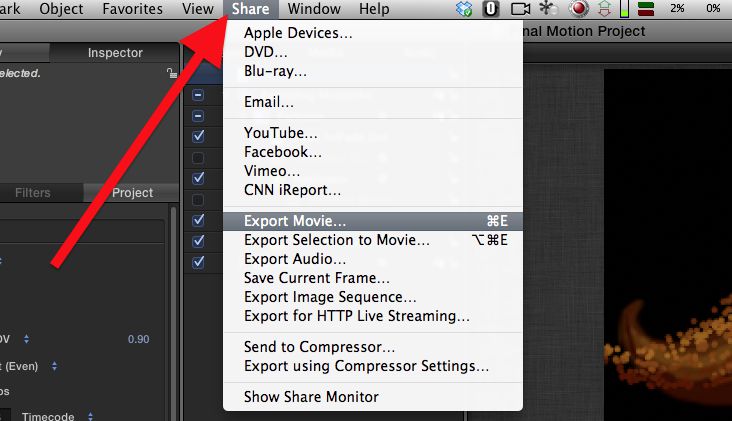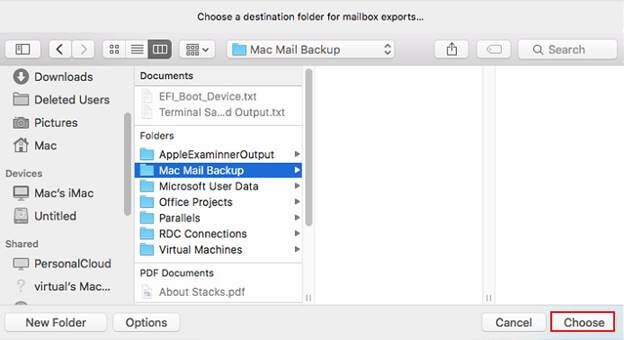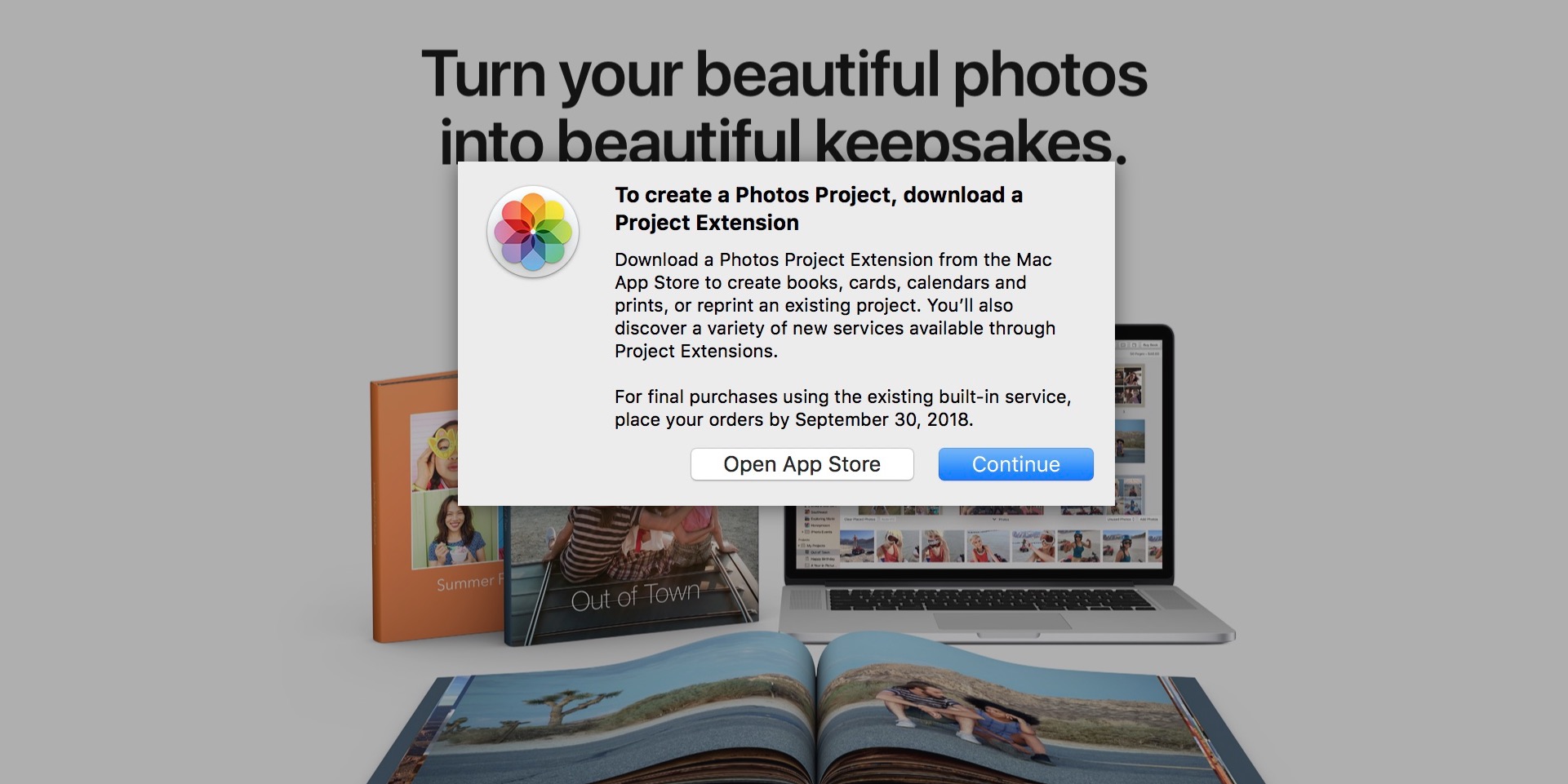

EXPORTING APPLE PHOTOS PROJECTS FULL
The options are pretty obvious from small to Full Size, and under Custom you can also specify the maximum Height/Width/Dimension of your image. Sizerefers to the Dimensions of the Photo measured in pixels. If you export PNG you have the same options as Current. If you export Tiff you have the same options as Jpeg There is no agreed standard for sharing this type of information.) (Note: there is no way to export Faces information. If you also check the box at 'Location Information' you will get any Places you added in iPhoto. If you export as Jpeg (regardless of quality) you will get all the metadata that came with the original image plus, if you check the box at 'Title and Keywords' you will get these and captions you have added (called descriptions in iPhoto). If you export the Current it will be missing metadata and you can't add to it. You cannot add keywords or Captions that you added in iPhoto to the Original. Some things to remember: If you export the Original it will have all the metadata that it came with, but nothing you added in iPhoto. It includes things like date, time, camera model, captions, keywords, GPS location and so on.

This is the Exif and IPTC that travels with the photo in the file. This is not because you've added more data to the file, just that you've not compressed it as much. If you choose Low (Smallest size) then a lot of compression is used and you will have a small file size (in MB or KB), Maximum Quality means much less compression is used, so the quality is better, but the file size is bigger.Īn Aside: If you use the Maximum Quality you will often end up with a Jpeg larger than the Jpeg you imported from. It's where you can change the amount of compression used on the file. Unsurprisingly, Jpeg Quality refers to Jpegs only.
EXPORTING APPLE PHOTOS PROJECTS MOVIE
If you're exporting Raw or a Movie you use this option. The file you imported from your camera, no changes or edits, no added faces, places etc. This option allows you to select the format of the exported file, and the choice you make here has consequences.

Your options are Original, Current, Jpeg, Tiff and PNG. In the File Export tab you have a number of options. You invoke the Export dialogue by going File -> Export or using the keyboard shortcut: Shift-Command-E (This is why, oddly, is sometimes possible to export a photo into a file larger than the one you imported it from. This means that when you come to to export - unless you specifically choose to export the original - iPhoto will export the Photo into a new container - a new file containing the photo. So, regardless of where you choose to store the file, iPhoto will manage the photo, edit the photo, add metadata to the Photo but never touch the file. iPhoto is all about the data and not about the container. Similarly, that Jpeg is not your photo, it's a container designed to hold that kind of data. That container is designed in a specific way attuned to the characteristics and requirements of the data. So the file is just a container for the recording. They recorded it and a copy of that recording is stored in the mp3 file. So what is that, exactly? It's not the song. Think of it this way: In my iTunes Library I have a file called 'Let_it_Be_The_Beatles.mp3'. Your file is just a container - a box - for your Photograph. The purpose of this tip is to explore the options available when specifically Exporting from iPhoto.Īgain, you need to be aware of the basic features of iPhoto. There are many ways of sharing photos from iPhoto and these are detailed on this User Tip here


 0 kommentar(er)
0 kommentar(er)
